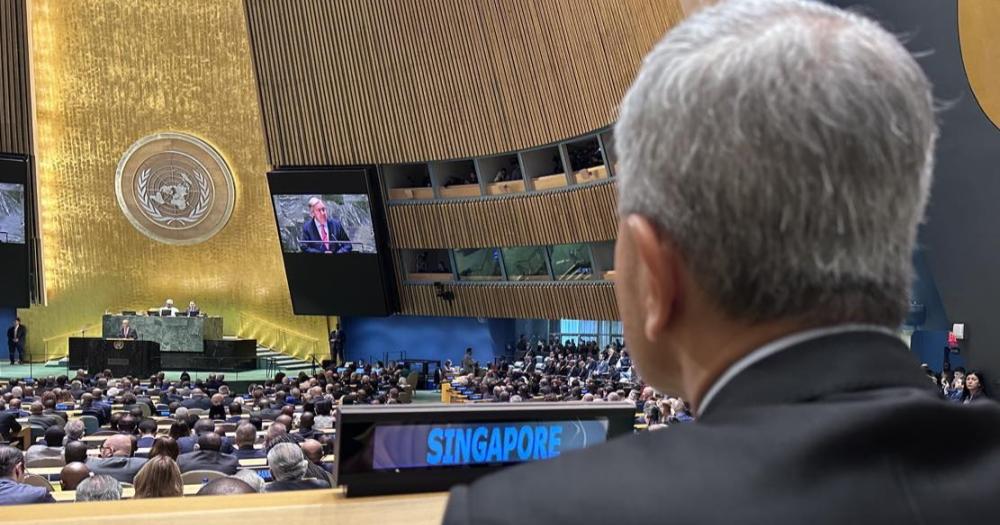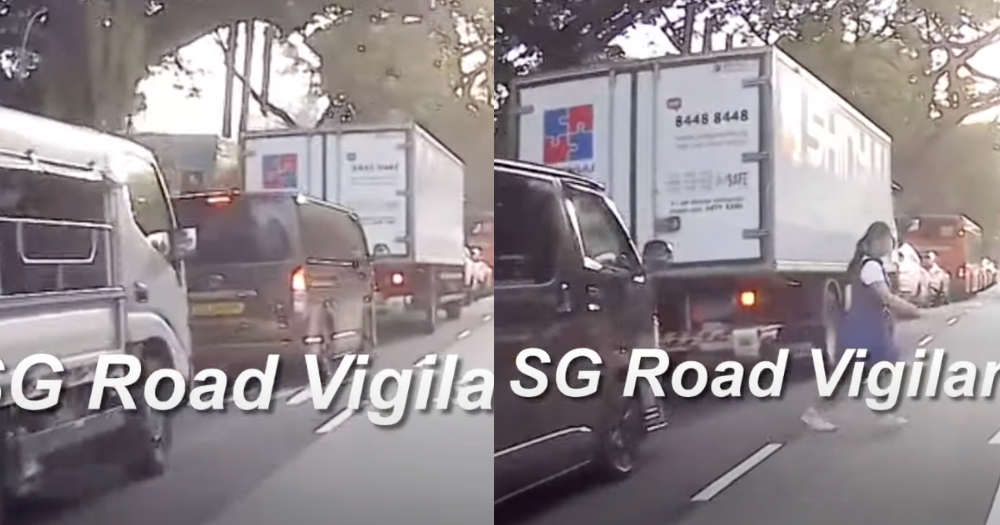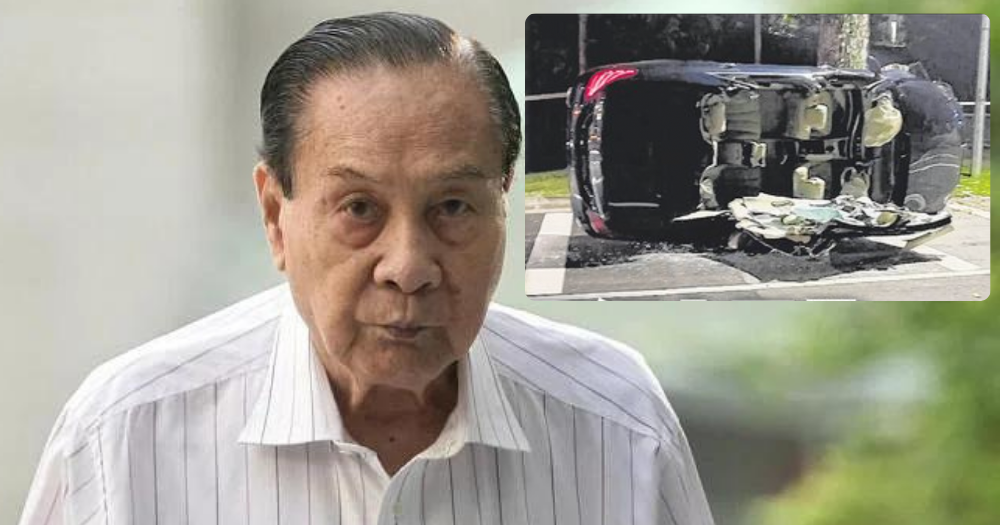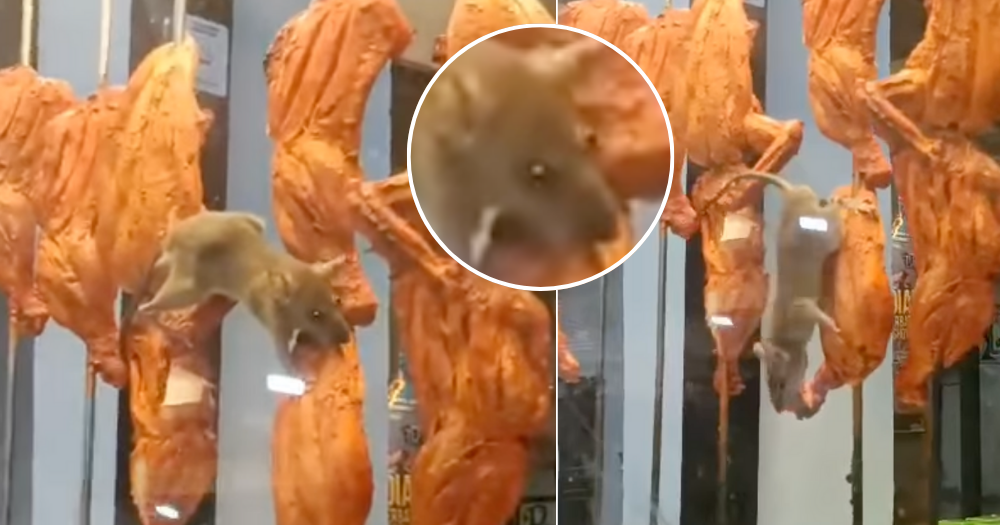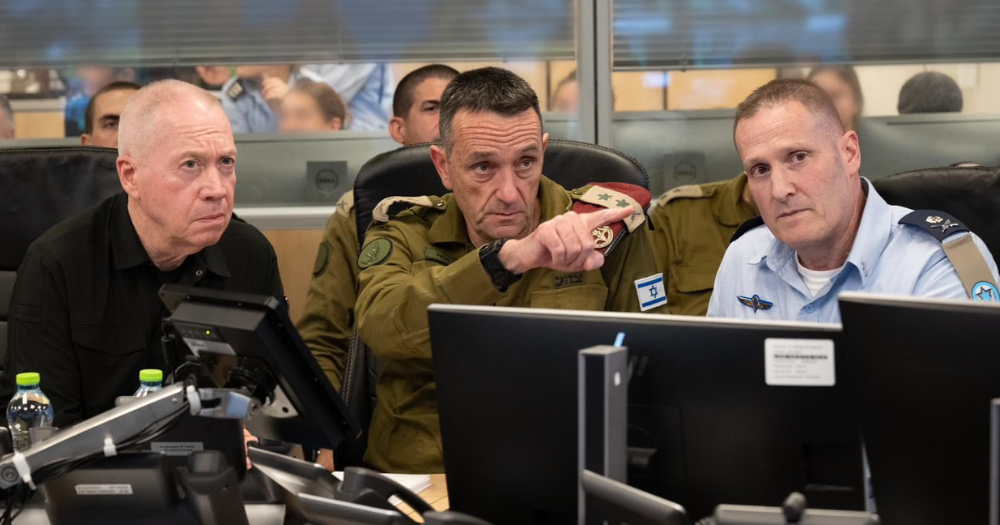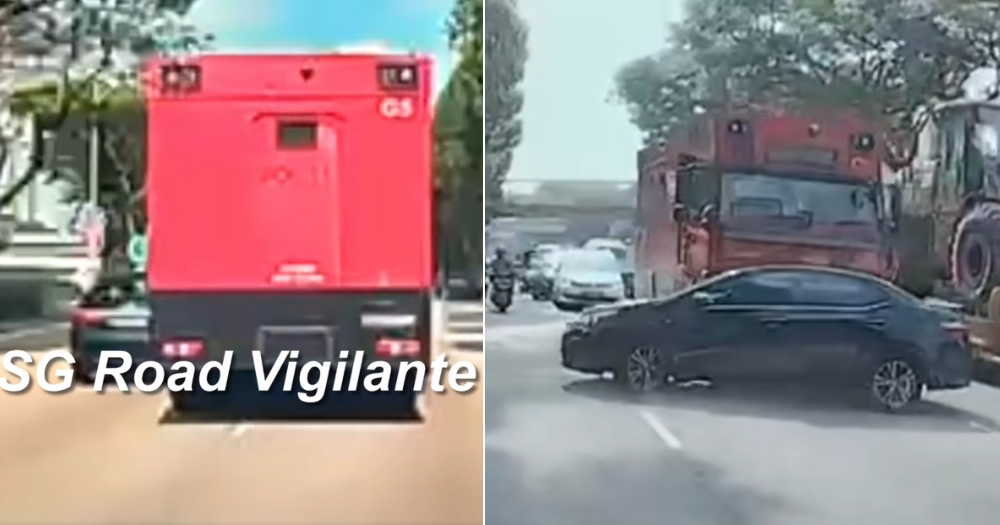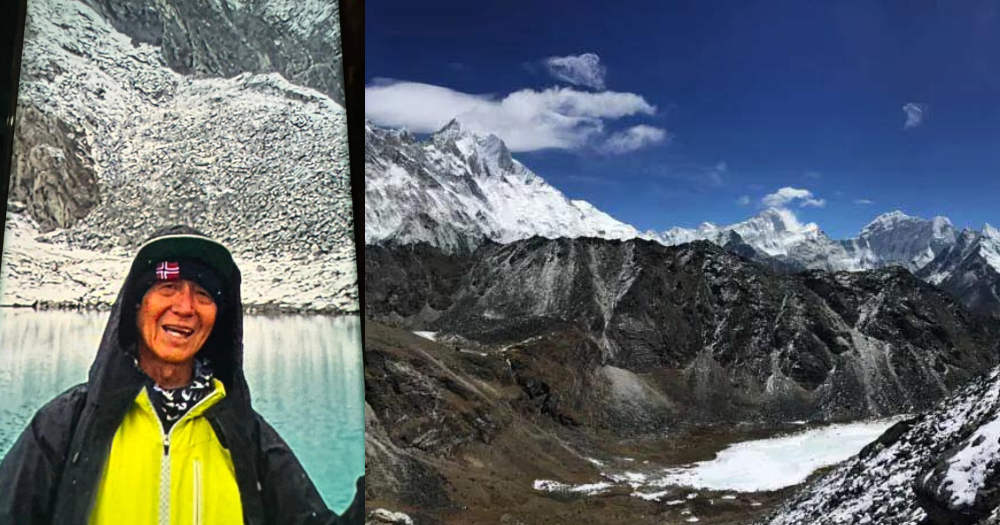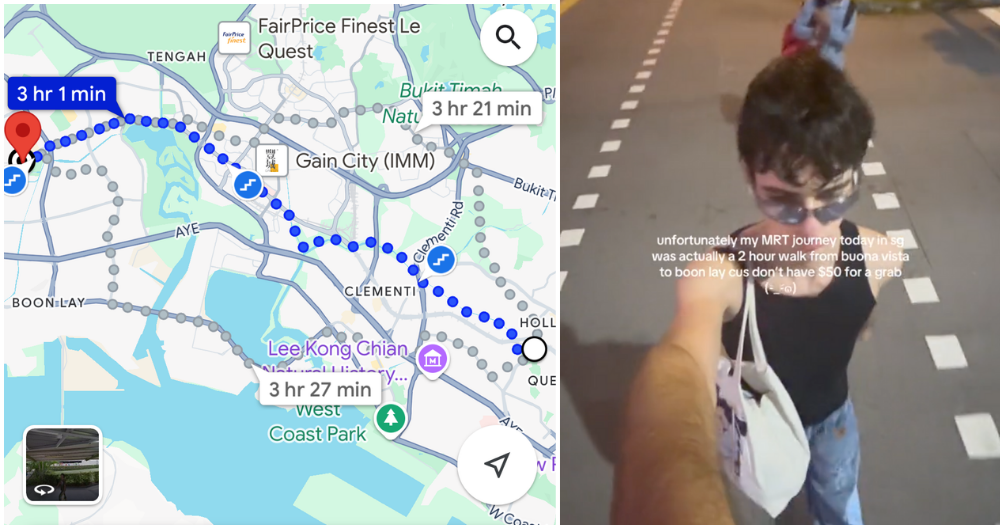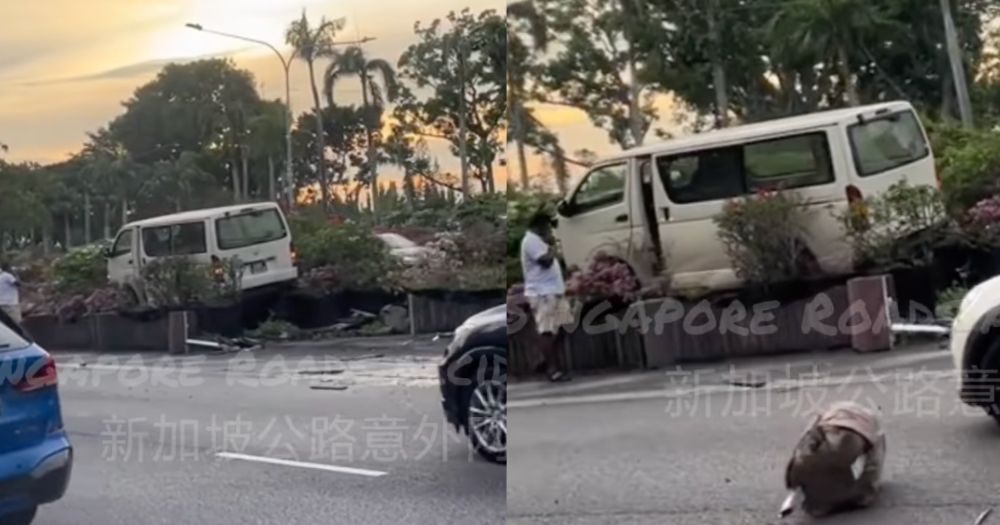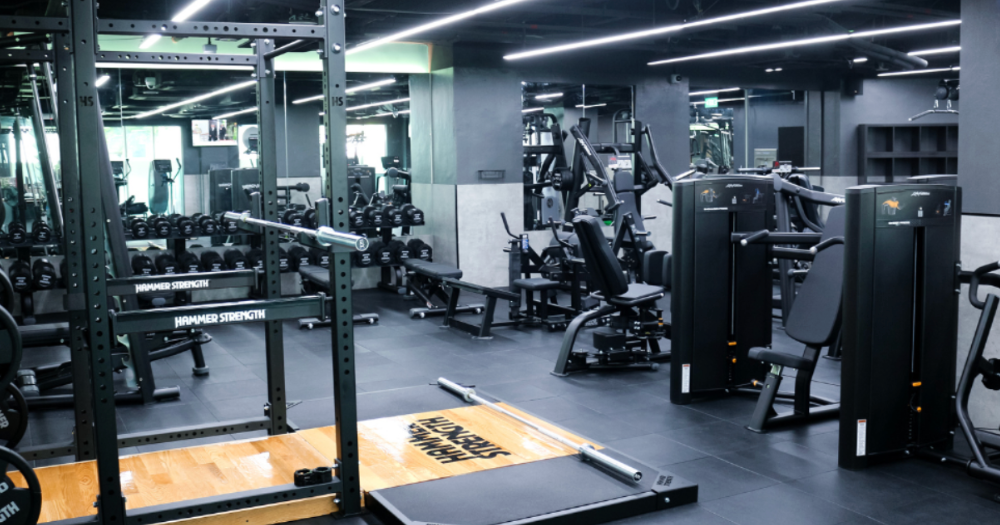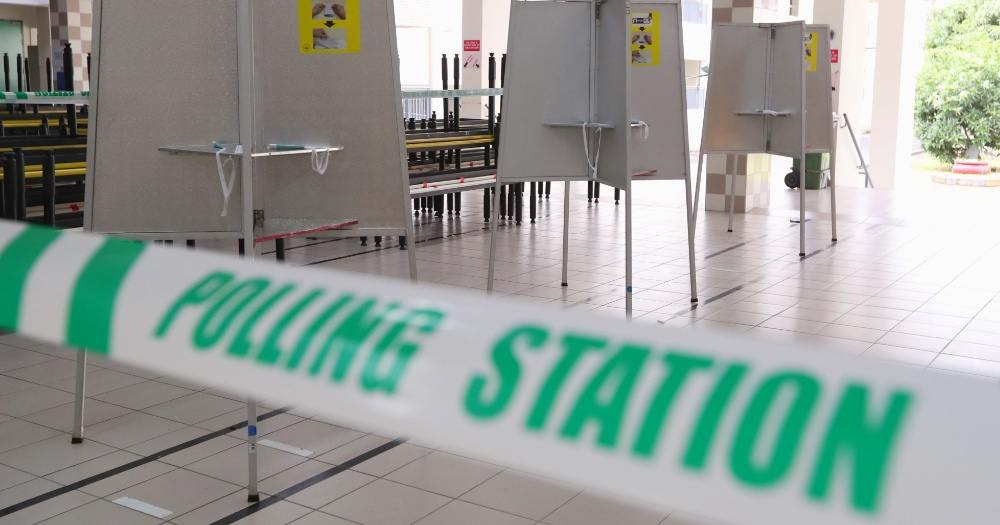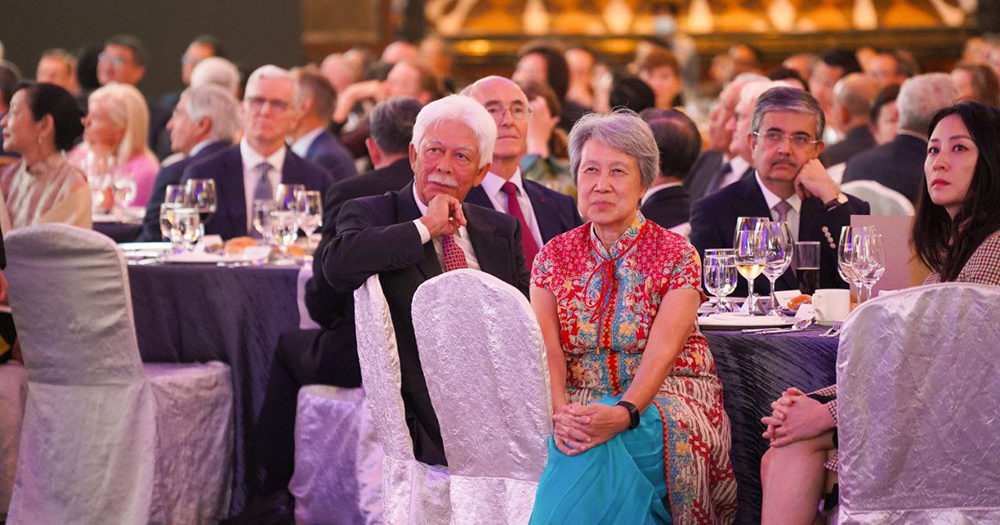How a 4 day-getaway in Hiroshima, Japan showed this S'porean it's more than just a history lesson
There's more to see there than just the atomic bomb museum.

What comes to mind when someone mentions Hiroshima?
Like any other Singaporean who took Social Studies in school, I would probably think of the 1945 atomic bombings and stop there.
And I'm pretty sure that I'm not alone in that.
Singaporeans visiting Hiroshima tend to flock to the capital city's Atomic Bomb Dome, a structure that survived the bombing and one of the prefecture's most famous landmarks.
 Image from Unsplash.
Image from Unsplash.
Others might pay a visit to the iconic Itsukushima Shrine in Miyajima, which is recognisable from Japan tourism brochures or websites.
 Image from Hiroshima Prefecture.
Image from Hiroshima Prefecture.
But a recent trip to Hiroshima showed me that it would be a pity not to explore further, because the prefecture has way more to offer than just a history lesson.
Here's what I did:
Day 1 - Tomonoura: Ponyo hunting and 'the best view in Japan'
Day 1 was spent at the charming port town Tomonoura in Fukuyama city, Hiroshima.
For Studio Ghibli fans, it's better known as the inspiration for director Miyazaki's 2008 animated film "Ponyo", with scenic spots that look like scenes from the movie.
These photo-taking spots are marked out on a map provided by the Tomonoura Visitor Centre and also on tourist information boards in the town.
 Image by Daniel Seow.
Image by Daniel Seow.
One fun thing I got to do was "Ponyo hunting", i.e. searching for replicas made by the locals.
Here's one of the two I found:
 Kawaii. Image by Daniel Seow.
Kawaii. Image by Daniel Seow.
Another must-visit spot in the town is the Taichoro Reception Hall, which is said to boast "the best view in Japan".
Or at least, according to Korean envoys who visited Japan in the Edo Period.
A quick 5-minute climb to Fukuzen-ji Temple and a 200 yen (S$1.82) admission fee allowed us to enter the hall, which was previously reserved for the highest-ranking government officials.
 Image by Daniel Seow.
Image by Daniel Seow.
And yes, the view is indeed stunning.
 The words above this sight read "The best view in Japan". Image by Daniel Seow.
The words above this sight read "The best view in Japan". Image by Daniel Seow.
For those who prefer experiences to sightseeing, you can channel your inner blacksmith at Tanzou Taiken, a local shipbuilding company.
Known for its award-winning anchor designs, the company also offers a unique "Forging Experience" where customers can forge iron pans and dishes as handmade souvenirs.
So you can bet I was stoked.
 Suited up. Image by Daniel Seow.
Suited up. Image by Daniel Seow.
The owner, Hayama, a third-generation blacksmith, showed me the ropes after I was kitted out in protective gear.
"You can hammer harder," he would say politely in Japanese, so I obliged, letting out my frustrations from work.
 GIF by Daniel Seow.
GIF by Daniel Seow.
The iron had to be heated to over 1000 degrees Celsius in the roaring furnace beforehand, making for quite a thrilling experience.
This was how my tray turned out:
 I forged myself an iron display tray, which was later painted black and engraved. Image by Daniel Seow.
I forged myself an iron display tray, which was later painted black and engraved. Image by Daniel Seow.
The package costs upwards of 11,200 yen (S$102), depending on the type of product.
It includes a painting and engraving service, and the whole process takes slightly over an hour.
And it was so much fun.
I also enjoyed going homeishu sampling in Tomonoura.
This is a medicinal wine produced with 16 different herbs and boasts various health benefits — a local speciality.
 Image by Daniel Seow.
Image by Daniel Seow.
Since it’s only produced by four breweries in Tomonoura, I seized the opportunity to buy a couple of bottles to gift to my loved ones.
For another way to unwind in the area, I recommend checking out the Shinshoji Zen Museum and Gardens which give off some legit Kyoto vibes.
It's also where you can also get a meal of vegetarian udon prepared by monks for 1,200 yen (S$10.93)
 A large portion of the gardens is open to the public, and provides a calming vibe. The udon was delicious too! Image by Daniel Seow.
A large portion of the gardens is open to the public, and provides a calming vibe. The udon was delicious too! Image by Daniel Seow.
Oh, and one more thing to appreciate about this leg of the trip was getting to stay in an authentic Japanese ryokan (traditional inn).
This was at the highly acclaimed Ochi Kochi in Tomonoura.
 Image courtesy of Ochi Kochi.
Image courtesy of Ochi Kochi.
Now I'm not usually one to go for luxury accommodation, but waking up to that view and the sound of waves was amazing.
Not to mention the en-suite indoor onsen.
 Image courtesy of Ochi Kochi.
Image courtesy of Ochi Kochi.
Getting to Tomonoura: From Osaka, take a one-and-a-half-hour Shinkansen ride to Fukuyama station in Hiroshima. A 20-minute taxi ride from Fukuyama station will take you to Tomonoura.
There is also a free shuttle bus that runs daily from Fukuyama station to Ochi Kochi and other hotels in Tomonoura.
Day 2 - Onomichi: Cafe-hopping, cats and cycling
My next port of call (pun intended) on Day 2 was the quaint port city of Onomichi.
Interestingly, Onomichi was the setting for 1953 Japanese drama film "Tokyo Story", which has attracted film buffs over the years.
I personally enjoyed exploring Onomichi via the Senkoji Temple Mountain Ropeway.
 Image by Daniel Seow.
Image by Daniel Seow.
For 500 yen (S$4.55) for a one-way trip, the cable car brings one atop Mount Senkoji, which boasts an excellent view of the city and its surroundings.
Case in point:
 Image by Daniel Seow.
Image by Daniel Seow.
 Image by Daniel Seow.
Image by Daniel Seow.
For the more able-bodied, I would definitely recommend taking a pleasant hike downslope through Senkoji Temple and the winding Neko no Hosomichi (Cat Alley).
Which, as the name suggests, is a hangout spot for many of these cuties:
 Image by Daniel Seow.
Image by Daniel Seow.
You'll also see cat-themed decor along the route.
 Image by Daniel Seow.
Image by Daniel Seow.
As it was in the thick of summer, I stopped for a respite at Neko no Yokocho, one of the many cat-themed cafes along the alley.
It was the perfect spot to unwind with a Salty Lemon Calpis drink (500 yen / S$4.55) while accompanied by one of the owner's six cats.
 Bliss. Image by Daniel Seow.
Bliss. Image by Daniel Seow.
I also learned from a local guide that Onomichi has gained somewhat of a reputation among fans of cafe-hopping.
So along that vein, here was some other grub I got to snack on:
Onomichi-style ramen (850 yen / S$7.74) from Ramen Matatabi featured a broth inspired by dried sardine and local seaweed that was slightly tangy and not too heavy.
 Itadakimasu. Image by Daniel Seow.
Itadakimasu. Image by Daniel Seow.
Hojicha-flavoured taiyaki from Ochato Taiyaki Mirume had a pleasant hojicha kick, perfect for refuelling while exploring the city.
 Hojicha Taiyaki from Ochato Taiyaki Mirume. Image by Daniel Seow.
Hojicha Taiyaki from Ochato Taiyaki Mirume. Image by Daniel Seow.
Also, if you have a penchant for cute lil’ bakeries, here’s one we found in Onomichi:
 Image by Daniel Seow.
Image by Daniel Seow.
Nekonote Bread Factory only serves one customer at a time, and is an absolutely charming experience:
 Image by Daniel Seow.
Image by Daniel Seow.
And if you're a cycling enthusiast, Onomichi is the start point for one of Japan's most famous cycling routes, the Shimanami Kaido, a 70-kilometre journey across six islands, with scenic ocean views.
 Image from Hiroshima Tourism Association (HIT).
Image from Hiroshima Tourism Association (HIT).
The entire route can be completed in anywhere from four to 12 hours, depending on one's cycling speed.
Cyclists start as early as 8am, taking the ferry from Onomichi Port to Mukaishima Island.
 Image by Daniel Seow.
Image by Daniel Seow.
 Image by Daniel Seow.
Image by Daniel Seow.
To rent a bike, you can visit one of Onomichi and Mukaishima's many bike rental shops, with e-bikes available as a more relaxing option.
The biggest provider, Shimanami Japan has a number of bike drop-off points along the route and also runs a delivery service to send your luggage directly from Onomichi to selected hotels in the region.
Convenient.
Getting to Onomichi: The fastest way to Onomichi is to take a one-and-a-half hour Shinkansen ride from Osaka or a 30-minute Shinkansen ride from Hiroshima city. But to get to Onomichi Port for the Shimanami Kaido, it's recommended to take the local Sanyo line from Fukuyama station instead.
Day 3 - Island hopping: Lemon hotpot, Rabbit Island
Day 3 of the trip involved exploring some of the other islands in the region en route to Hiroshima City.
And while it didn't exactly jump out at me from the itinerary, the day's highlight was actually the ferry ride along the Seto Inland Sea.
I took a Setouchi Cruising ferry (1,300 yen / S$11.84) from Onomichi to Setoda.
It was one of the smoothest ferry rides I’ve ever been on.
The view was also gorgeous.
 The view on the ferry from Onomichi to Setoda. GIF by Daniel Seow.
The view on the ferry from Onomichi to Setoda. GIF by Daniel Seow.
A 40-minute ride brought me to my first stop, Setoda, better known as "the Island of Lemons".
Fun fact: Hiroshima is Japan’s number one prefecture in terms of lemon production, and Setouchi lives up to its namesake with local lemons featuring in anything from cakes and liquor to gelato here.
 You can find lemon-infused souvenirs at various shops in Setoda. Image by Daniel Seow.
You can find lemon-infused souvenirs at various shops in Setoda. Image by Daniel Seow.
It's also the main ingredient of my favourite dish on the trip, the lemon hotpot at Chidori (5,800 yen / S$52.83 for a two-person meal).
 Image by Daniel Seow.
Image by Daniel Seow.
Upon removing the layer of lemons, you will find generous helpings of shabu shabu beef, cabbage, mushrooms, meatballs, oysters and more.
 Image by Daniel Seow.
Image by Daniel Seow.
The lemons add a refreshing tanginess to the hotpot that makes it suitable for summer and winter days alike.
And after wolfing down most of the broth, a wait staff came over to transform what was left into a tasty lemon cheese risotto.
Yum.
 GIF by Daniel Seow.
GIF by Daniel Seow.
And after the meal, I enjoyed a refreshing lemon gelato (600 yen / S$5.46 for a double scoop) at Shimanami Dolce.
 One of the best lemon gelato I've had. Image by Daniel Seow.
One of the best lemon gelato I've had. Image by Daniel Seow.
One great spot I visited in Setoda for the 'gram is the Hill of Hope, a white marble garden which offers up amazing views.
Unsurprising, it also served as the backdrop for numerous wedding photoshoots.
 Image by Daniel Seow.
Image by Daniel Seow.
To get here, you will need to climb a short distance from the Kosanji Temple's backyard (admission fee: 1400 yen / S$12.75).
Which is pretty aesthetic itself, in my opinion.
 Image by Daniel Seow.
Image by Daniel Seow.
The second leg of our trip from Setoda to Hiroshima, was spent on the SEA SPICA, a luxury high-speed sightseeing cruiser that operates along two routes in the Seto Inland Sea.
Taking the west course, we visited several islands over half a day, with the benefit of air-conditioned comfort and panoramic views.
 The SEA SPICA luxury sightseeing cruiser operates from Fridays to Mondays. Image by Setouchi Sea Line Co., Ltd.
The SEA SPICA luxury sightseeing cruiser operates from Fridays to Mondays. Image by Setouchi Sea Line Co., Ltd.
The next stop after Setoda was Okunoshima or "Rabbit Island", where I spent about 30 minutes before returning to the ferry.
Originally a WWII gas manufacturing plant, it's now home to over 500 wild rabbits, which are fairly accustomed to human visitors.
And yes, they were absolutely adorable.
 Image by Daniel Seow.
Image by Daniel Seow.
 Image by Daniel Seow.
Image by Daniel Seow.
Towards the end of the journey, the ferry brought us past the Japan Maritime Self-Defense Force Kure Naval Base where I could see a Japanese submarine and other naval vessels close-up from the observation deck.
Which was a great way to wrap up the adventures of the day.
 Image by Daniel Seow.
Image by Daniel Seow.
Day 4 - Hiroshima: Okonomiyaki and more
Day 4 was back to Hiroshima city proper.
And, of course, no trip to Hiroshima would be complete without trying their okonomiyaki.
Not to be confused with Osaka-style okonomiyaki, the Hiroshima version has the ingredients layered one on top of the other, with a crispy noodle base.
 One advantage of the Hiroshima-style okonomiyaki is being able to taste the different ingredients more distinctly. Image by Daniel Seow.
One advantage of the Hiroshima-style okonomiyaki is being able to taste the different ingredients more distinctly. Image by Daniel Seow.
I had my fix at Ekimae Hiroba, a building right across the street from Hiroshima Station with its entire 6th floor filled with okonomiyaki restaurants.
And with the permission of the chef, I also got to perform the last step in the cooking process:
 Image by Daniel Seow.
Image by Daniel Seow.
Another street food I got to try was the Hiroshima-style grilled oysters (1100 yen / S$10.02).
Freshly grilled with butter and served on a bed of cabbage and spring onions, it deserves a chef's kiss.
 Grilled oysters with spring onion and cabbage, served with a slice of lemon. Image by Daniel Seow.
Grilled oysters with spring onion and cabbage, served with a slice of lemon. Image by Daniel Seow.
Another activity I would recommend in Hiroshima if you're short on time is the Asageshiki trekking tour.
It starts from the city's Toshogu Shrine, a mere 10-minute walk from Hiroshima Station.
 Image by Daniel Seow.
Image by Daniel Seow.
The tour started early in the morning, with a short hike up from the temple to a scenic spot on Mt. Futaba overlooking the city.
It made the puffing and panting involved to get up there worth it.
 Image by Daniel Seow.
Image by Daniel Seow.
I even got to take part in a traditional Japanese tea ceremony in a pavilion while enjoying the panoramic views.
 Image by Daniel Seow.
Image by Daniel Seow.
Nice.
Worth a visit for your next Japan trip
Visiting Hiroshima wasn't quite what I expected as a Singaporean.
The trip challenged me to look beyond stereotypes to appreciate the area's beauty and vibrancy.
There's definitely lots to do and see, and I feel like I only scratched the surface.
So for those looking for a slightly less conventional Japan trip, it's definitely worth a visit.
Hiroshima is a 90-minute Shinkansen ride from Osaka’s Shin-Osaka station and a 60-minute Shinkansen ride from Hakata station in Fukuoka.
The best times to visit would be in autumn (October and November) and spring (March to May).
To find out more on sightseeing and hidden gems in Hiroshima, you can visit this page.
You can also sign up for newsletters to help plan a trip to Hiroshima here.
This sponsored article by the Hiroshima Tourism Association (HIT) made this writer wish he had extended his trip.
Top image by Daniel Seow
MORE STORIES





